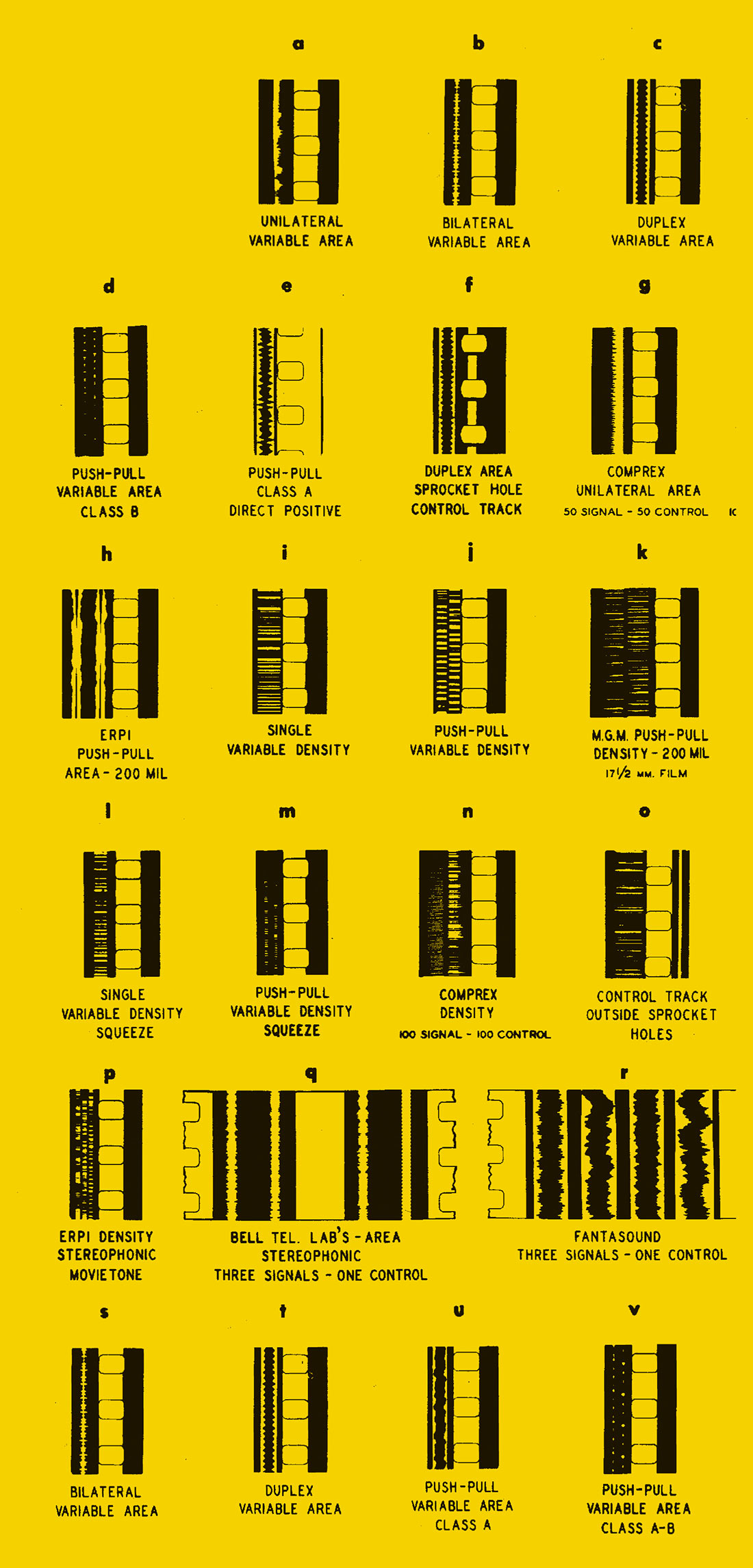Several pieces of gear in my studio experienced vacuum tube failures. After I found myself spending money for maintenance and parts, I realized that I would benefit from learning more about tubes and how to maintain tube gear. My friend Pat Kaufman, who fixes amps at Main Drag Music in Brooklyn, NY, was nice enough to help me test a pile of tubes. The principles behind tube testing, and how to identify worn or failing tubes, finally started to make sense. Pat then recommended the Orange VT1000 tube tester. Even when he had tried one on tubes that were intermittently problematic, it accurately identified them as failed.
Traditional tube testers were designed to be used by technicians, who need to look up each tube to set the appropriate dials and then identify its expected readout on the meter. If these dials are set incorrectly, the tube can even be damaged. These devices also require maintenance and calibration, and are fairly large in size for a studio like ours that's always challenged for space. While they can be found affordably used, often for around $200, buying one did not feel like the right solution for me.
The VT1000, on the other hand, is designed for musicians, and it provides a much simpler interface. After the tube is selected for testing, it uses integrated DSP to determine and display a simple Good, Worn, or Fail condition. Its size, slightly larger than a typical guitar pedal, makes it easy to store, and it does not need calibration or maintenance. For preamp tubes with two sides, it also indicates whether the triodes match, and it displays a rough, but still helpful, "matching value" to match tubes.
My only small complaint about the VT1000 is the limited selection of tubes that it can test. Because it's designed for guitar players, it emphasizes tubes that are frequently used in guitar amplifiers. This includes common studio tubes like the 12AX7, EL84, and 6V6, but also tubes that are only typical for guitar amps, like the KT66 or 6550. As a result, it omits some popular studio tubes like a 12AY7 or EF86. The VT1000 can test about half of the tubes in my studio, which is a huge help, but I wish Orange made a similarly- sized product that could analyze more studio tubes.
For $500, the VT1000 will quickly pay for itself by saving me not only maintenance costs for parts and service, but also time and stress, as I can more easily keep gear working in its optimum state. While it's obviously a bit more expensive and less versatile than a used tube tester, its effortless operation has helped me grow comfortable with tubes and testing.




_disp_horizontal_bw.jpg)